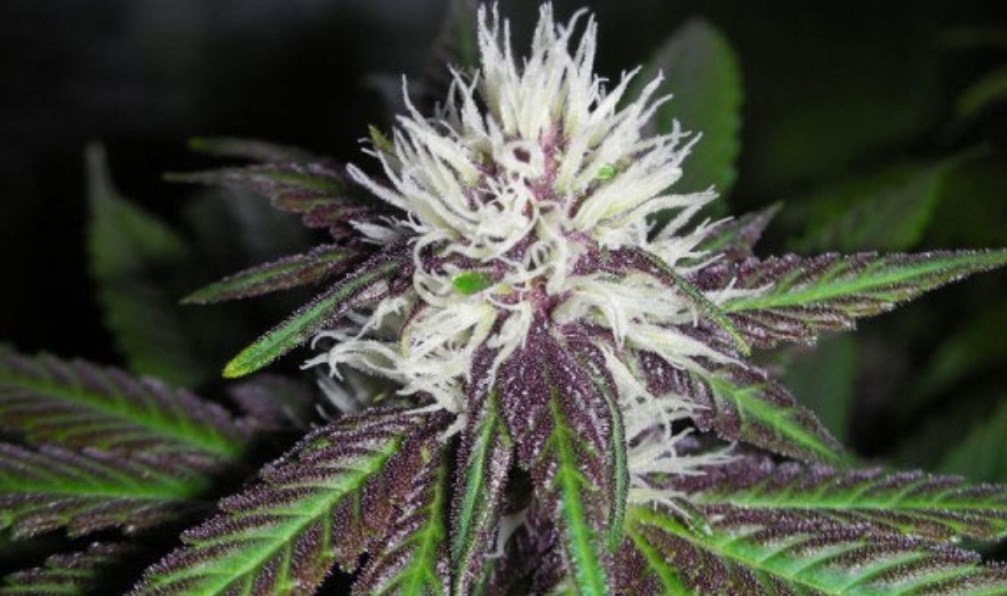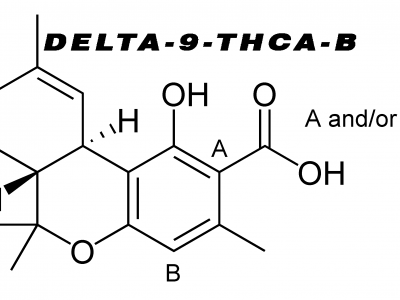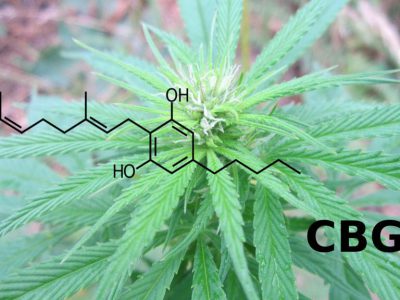What You Need to Know About Cannabigerolic Acid – CBGA
As we know Cannabigerol is one of the phytocannabinoids present in the cannabis plant. So far around 70 phytocannabinoids have been elucidated and discovered. Some of these phytocannabinoids possess acidic precursors.
Such acidic precursors subsequently turned into cannabinoid though the process called decarboxylation.
But the question is; what is so special about Cannabigerolic acid – CBGA?
Well, CBGA – Cannabigerolic acid is known to be the first biogenic cannabinoid that gets formed in the cannabis plant. The compound was first discovered back in 1964 by Mechoulam and Gaoni. By the time, the correct CBD structure was discovered, it was established that CBG doesn’t include induce psychotropic effects that are present in THC.
CBGA and the Biosynthetic Pathway
Even though Cannabigerolic acid is the fundamental compound for other cannabinoids’ creation, its own pathway to synthesis is much longer than we would think. As per the article of Frontiers in Plant Science, Cannabigerolic acid is actually created through more than five or six other catalyzing reactions and prior chemical.
CBGA is yet to be Explored for Pharmacological Effects
As per some studies, Cannabigerolic acid might have antibacterial and analgesic effects. In fact, some studies say a lot about CBG than they actually say about its acidic precursor – CBGA.
For instance, Cannabigerol that made operation with regards to CB receptors are investigated. This showed that CBG has a higher affinity in terms of CB1 than it has for CB2.
However, binding to the CB1 receptor was detectable only at concentrations higher than those at which it stimulates – [35S]GTPγS – binding to brain membranes. Thus, Cannabigerol is categorized as the CB1 antagonist rather than an agonist.
CBGA and its Application
In the near future, with the pop up of more dispensaries, more grower generate custom cannabis strains. Thus, Cannabigerolic acid is likely to play an important role in terms of bio-engineering. Also if CBGA can be properly manipulated, it can easily influence that yielded content of THC, CBD, CBD or CBN in the cannabis plant. This will be increasingly imperative when the different applications of varying phytocannabinoids become a lot more well-known and demand for certain strains increase.
In other words, there is a lot to be explored about CBGA. The studies are more focused on figuring out what and how CBGA effectively influences the production of CBDA and THCA – particularly how it differs and what actually influences its output. Today, a vast and wide research area is solely dedicated to both CBD and THC.
CBGA is particularly important as it is an essential ingredient to have high-CBD. If this compound can be manipulated for bioengineering, the formation of high-CBD products will get even easier.
To conclude;
- CBGA is the precursor to CBDA, THC, CBCA and some other acid precursors.
- It is the primary phytocannabinoid which enables other cannabinoids to exist chemically.
- It is a form of phenolic acid
- It is majorly synthesized from 5 other and prior chemical reactions.
In short, the easiest way to refer to Cannabigerolic acid, for now, is to essentially remember it as a cannabis stem cell.






